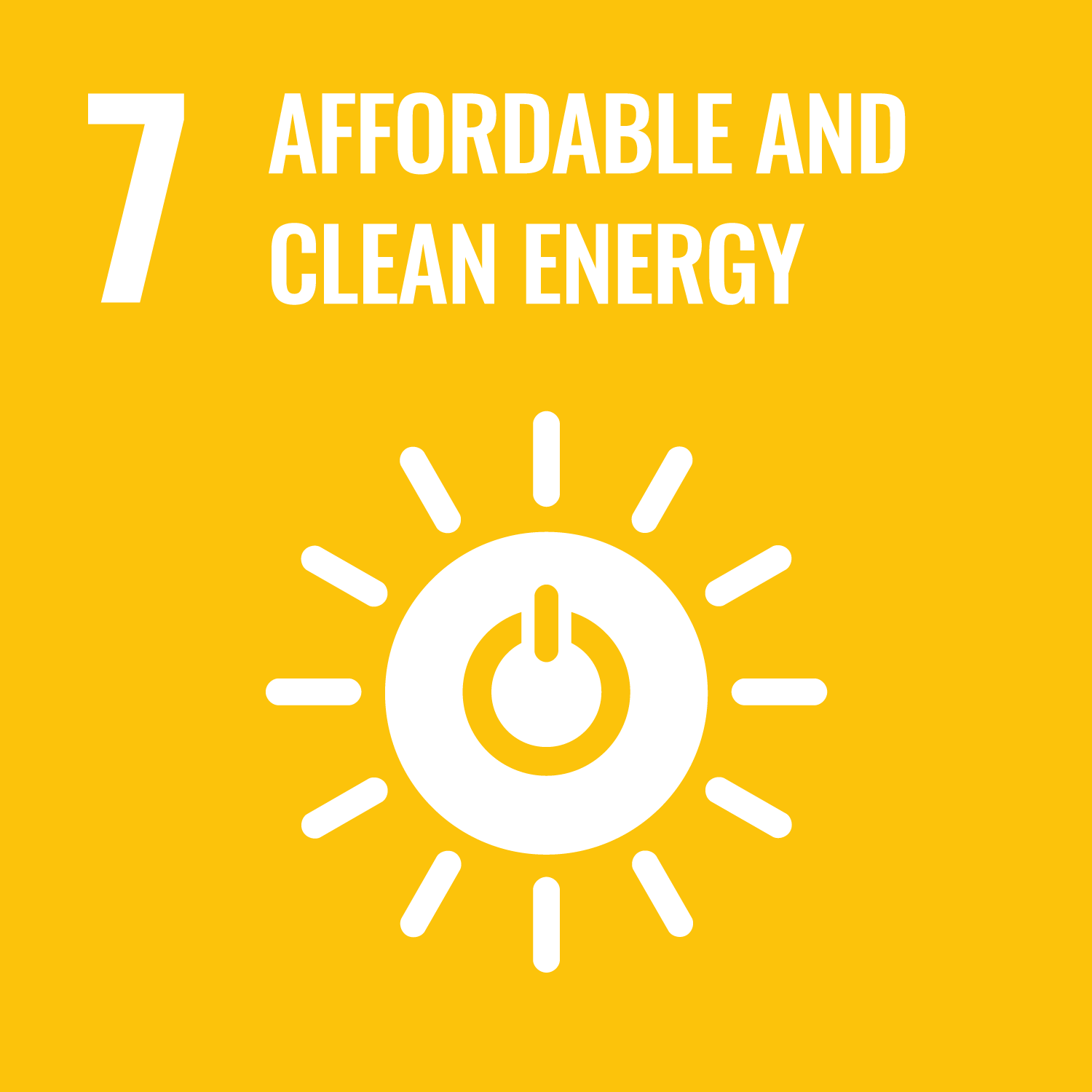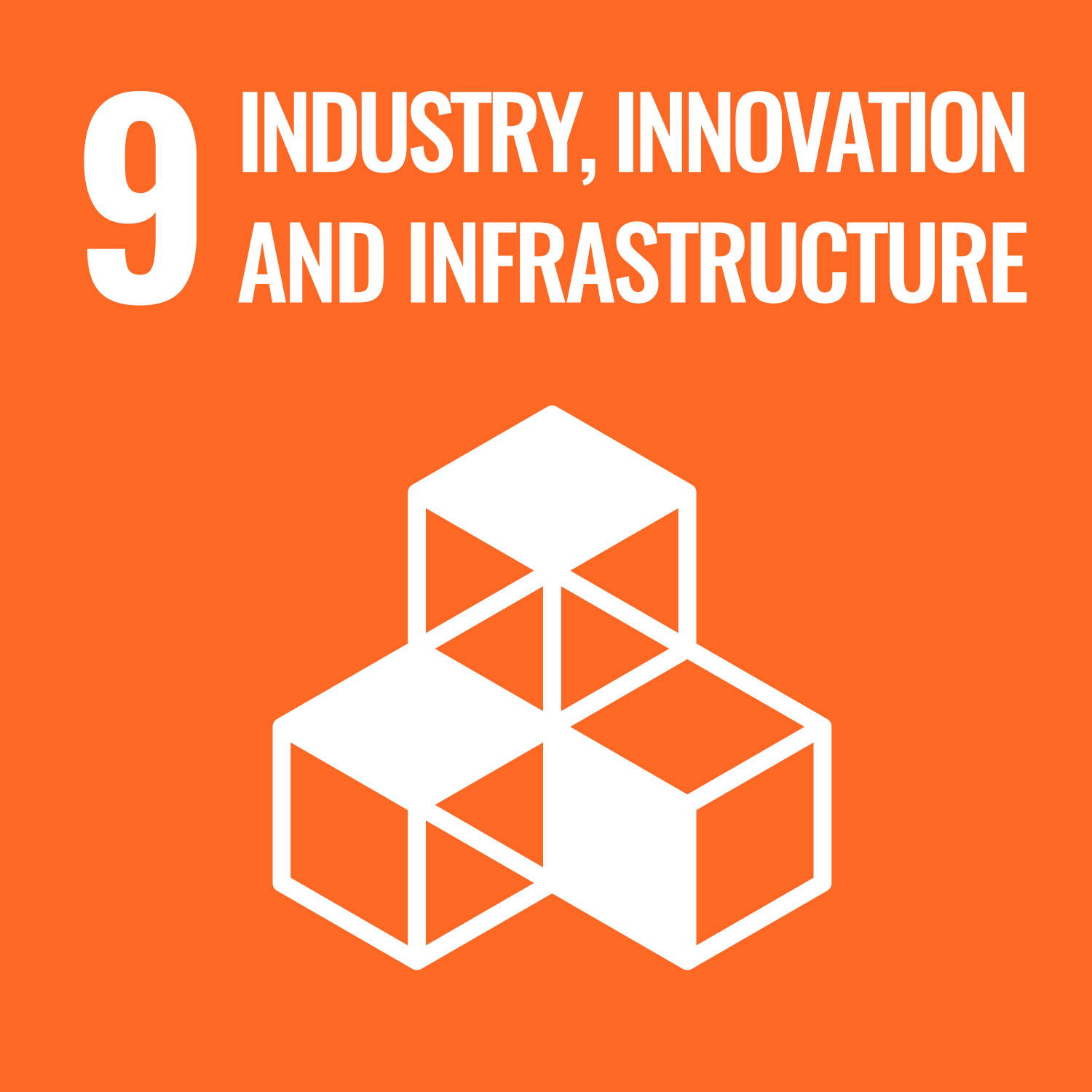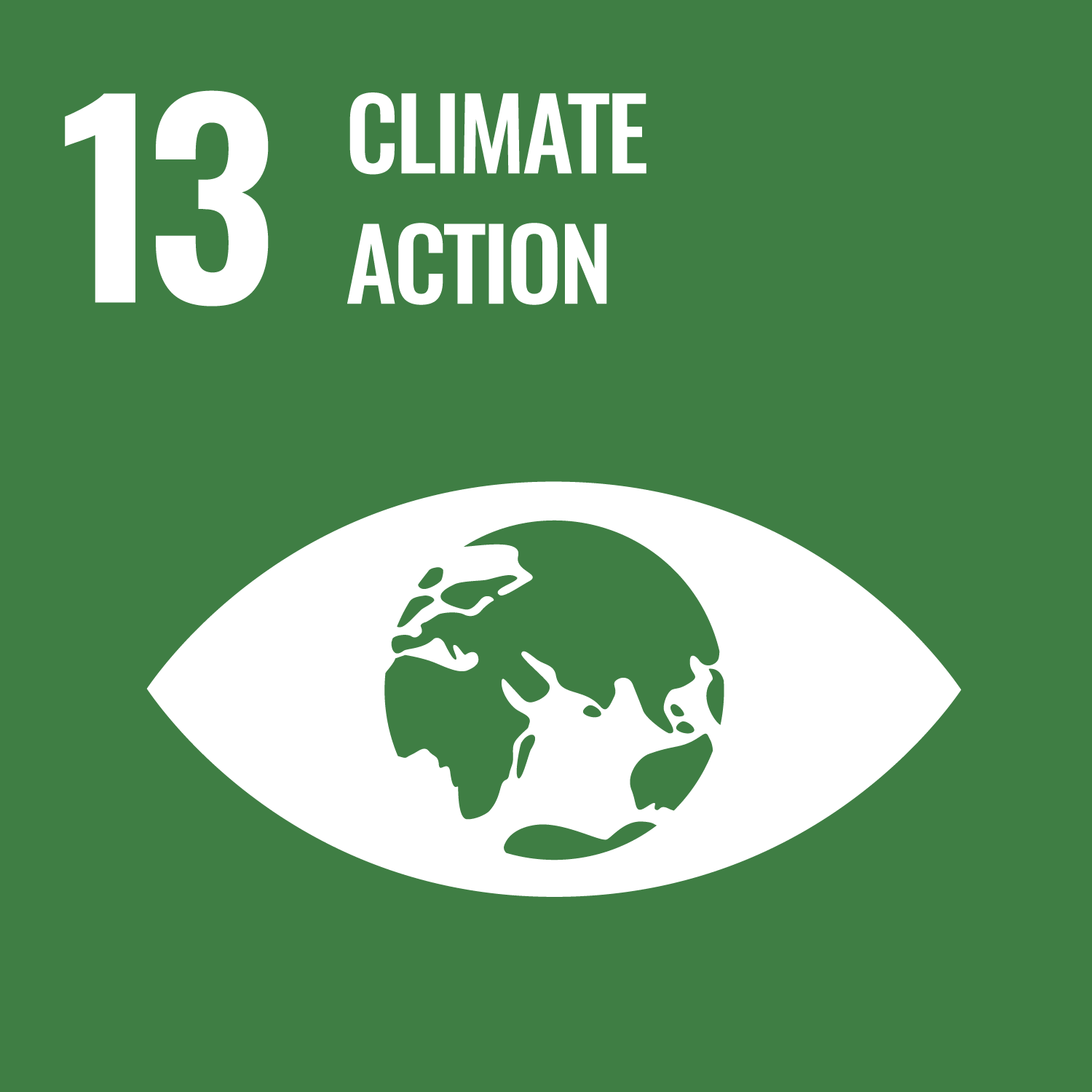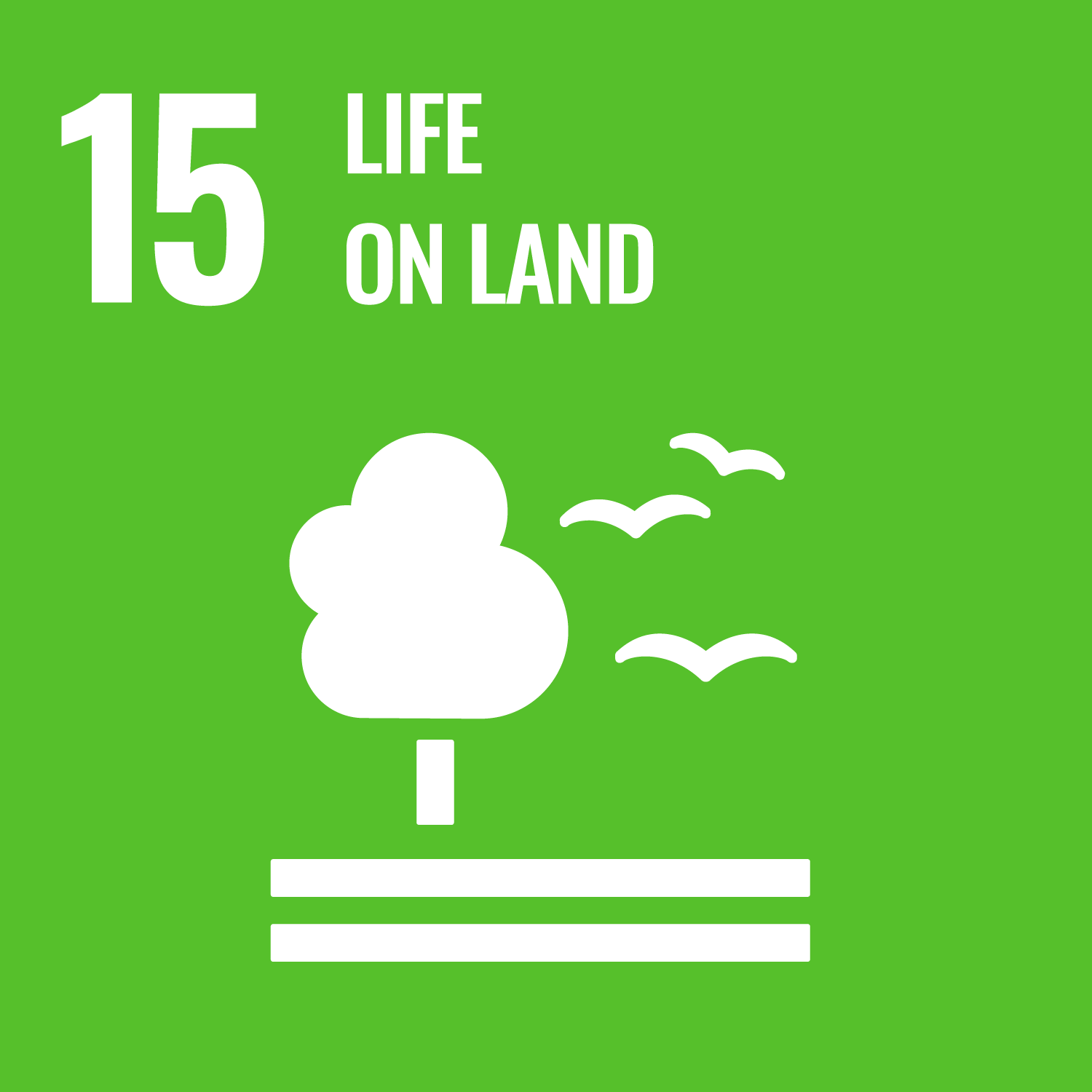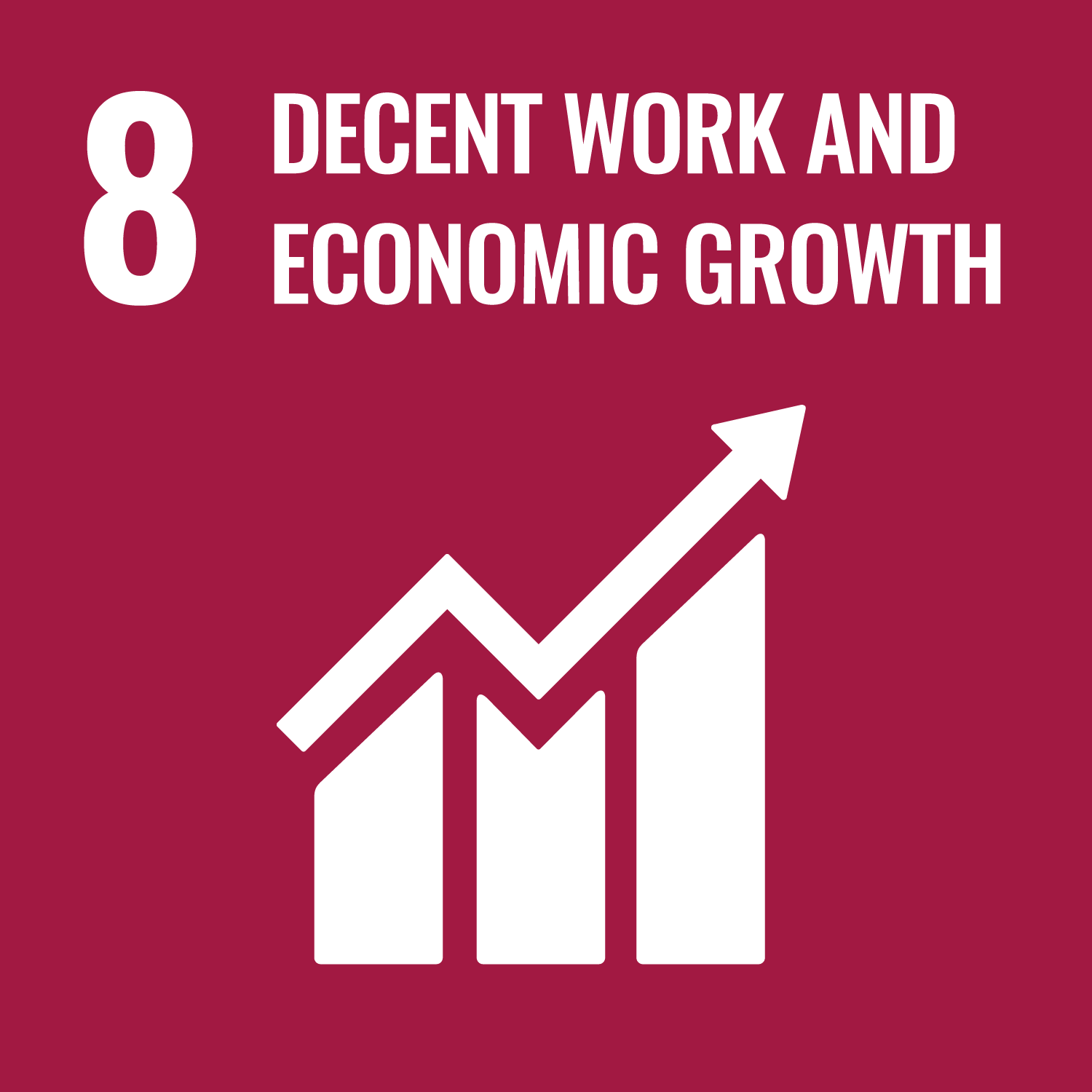LCS-FY2019-PP-06
Regional Distribution of Energy Potential of Woody Biomass (Vol. 3):
Reduction of Total Production Cost of Woody Biomass
Summary
Planted forests are distributed throughout the country, and despite woody biomass being a resource that can be used for various purposes, its use is not progressing. This paper reports on the following three points with the goal of building a system that sustainably produces low-cost woody biomass.
(1) Verification of operating costs reported by the LCS The Center for Low Carbon Society Strategy (LCS) has already calculated the operating costs of forestry (plowing, planting, thinning, cutting) using conifer plantations (including restricted areas) in each region, assuming a uniform distribution of planted forests. In order to verify the validity of this operating cost, this report determined the operating cost based on detailed geographical information, such as the actual topography and timber volume, using conifer plantations excluding restricted areas as production forests. It became clear that the cost reported on a per-prefecture basis was equivalent to the cost in this report, and that the operating costs reported by the LCS could be used. In this report, the yield was reduced to about 50 to 90% of the previous report, because the production forest area in this report was smaller than that of the previous report. However, in this report and the previous report, the cost was the same because the regional timber volume per area was nearly identical. In addition, when considering only plantations excluding restricted areas, the scale where forestry management could be centralized was maintained.
(2) Transportation cost The transportation cost of timber was calculated based on the regional forestry statistics and geographical information of the basin. The transportation cost under intensive forestry has been reduced to about half of the current level. In addition, the transportation cost could be reduced by 40% by introducing multi-trailer trucks in areas with long total transportation distances.
(3) Forestry production cost The total production cost of woody biomass is the sum of the operating cost and the transportation cost. When the production cost of each prefecture was calculated, it was less than 5,000 JPY/m3 in 15 prefectures, which is one third of the whole country, equivalent to forestry countries in Europe and North America. In addition, the net installation cost of forestry roads was calculated to be only 4% (210 JPY/m3) of the production cost of woody biomass (5,890 JPY/m3).
Based on the above, we propose the following: (1) supporting the coordination between multiple local governments to intensive production of forestry, (2) training and utilization of human resources capable of instructing forestry, (3) support for road network development for forestry, and (4) development and introduction of multi-trailer trucks.
All Pages
Related Proposal Papers
- Economic Evaluation for Low Carbon Electric Power System Considering System Stability (Vol. 2): Technological Development Issues toward Zero-Emissions Electric Power Systems
- Potential Capacity and Cost of Pumped-Storage Power in Japan
- The Distribution of Principal Renewable Energy Potentials by Prefecture and the Reduction of Power Plant Construction Costs
- Cost Reduction of Woody Biomass Fuels: Cost Reduction Effect by Mechanization of Wood Production
- Consideration and Distribution of Energy Potential of Wood Biomass in Japan
- Proposal for Obtaining Sustainable Forest Production
- Cost Reduction of Woody Biomass Fuels (Vol. 2): Total Production Cost and Cost Reduction Scenario of Woody Biomass in Japan
- Regional Distribution of Energy Potential of Wood Biomass (Vol. 2): Cost of Cutting in Artificial Forests Distributed Heterogeneously

